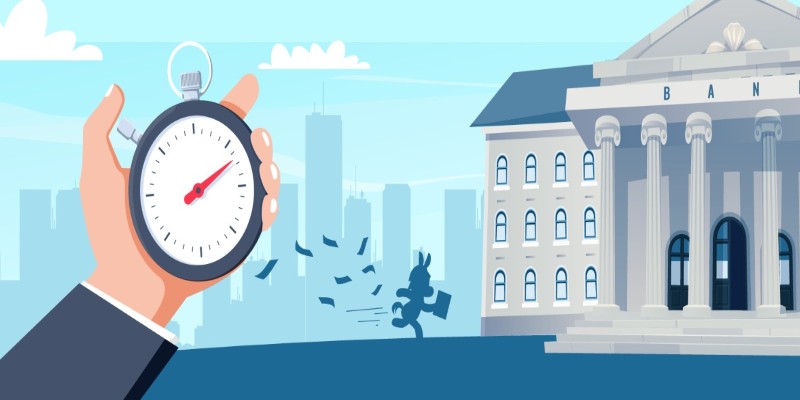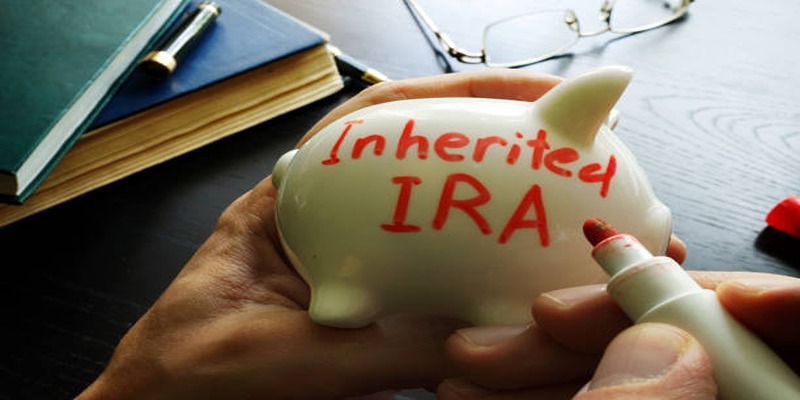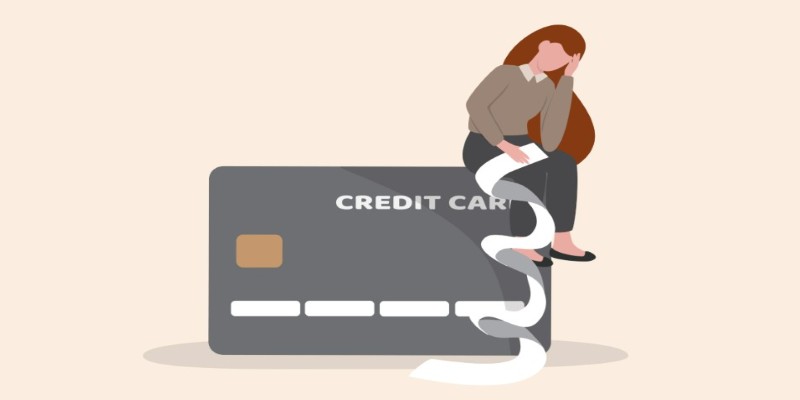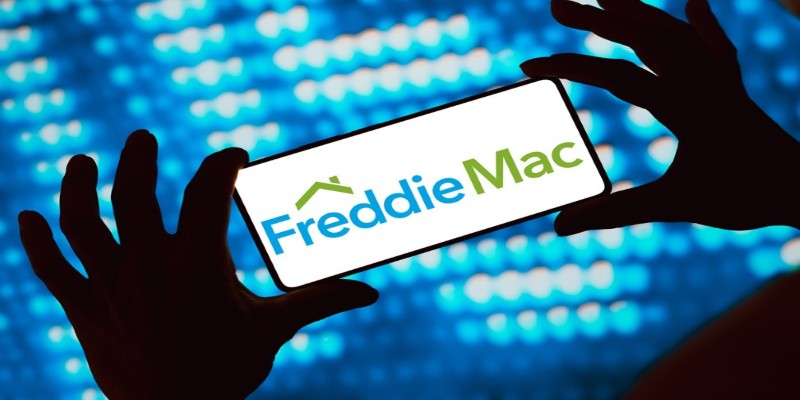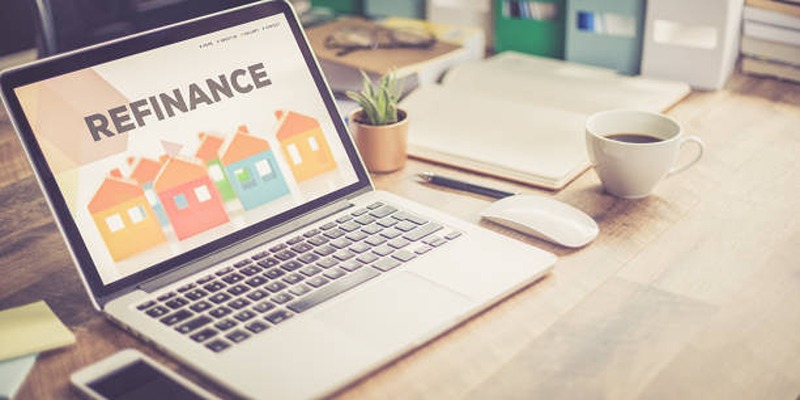Owning a home can feel distant if you're managing a modest income or have little saved for a down payment. Traditional loans often ask for high credit scores and upfront costs, which can block out many otherwise qualified buyers. That's where the Freddie Mac Home Possible program comes in. It's designed to help people with limited income become homeowners with a lower down payment and simpler qualification terms. If you're considering buying a home and need a more accessible option, this program might be one to consider.
What Does the Home Possible Program Do?
The Home Possible program is a mortgage option from Freddie Mac that aims to help low—and moderate-income buyers purchase a home with a small down payment. It allows down payments as low as 3%, which can come from gifts, grants, or assistance programs. This feature makes it much easier for people who don't have years of savings set aside.
The loan applies only to primary residences, including single-family homes, condos, and, in some cases, manufactured homes. It's available as a fixed-rate mortgage with terms between 15 and 30 years. That predictability helps borrowers manage their monthly payments over time without sudden rate changes.
Another important feature is reduced private mortgage insurance (PMI). Conventional loans typically require PMI if the down payment is under 20%, which adds cost to the monthly bill. Home Possible usually offers lower PMI rates, making monthly payments more manageable.
Home Possible is not a government loan like an FHA mortgage. It's still a conventional loan, which can appeal to borrowers who want to avoid certain government program restrictions while still getting flexible terms.
Who Qualifies for the Freddie Mac Home Possible Program?
To qualify for Home Possible, your income usually can’t exceed 80% of the area median income (AMI) for the property’s location. This helps direct the program to households that need it most. Freddie Mac provides tools for lenders to check whether an applicant’s income meets local limits.
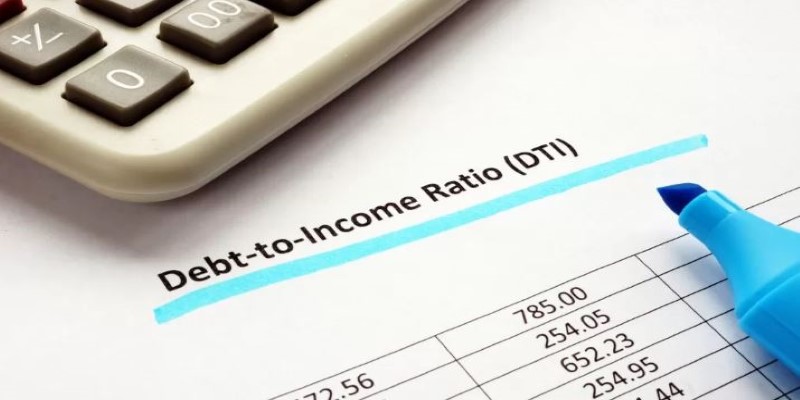
Applicants typically need a credit score of at least 660, though some lenders might accept lower scores with additional factors. A stable income, consistent employment history, and a manageable level of debt also improve your chances. Debt-to-income ratio (DTI) is usually capped at 43%, though some lenders allow flexibility based on automated underwriting results.
You don't have to be a first-time homebuyer to use this program. Repeat buyers are welcome as long as they meet the guidelines. However, if all borrowers listed on the mortgage are first-time buyers, at least one must complete a homeownership education course. This course is usually online and covers key responsibilities like budgeting, home maintenance, and understanding your loan.
Home Possible is also open to borrowers with legal residency status. That includes permanent residents and non-citizens who can provide valid documentation. If you meet the other requirements, you can qualify without being a U.S. citizen.
Benefits and Considerations of the Home Possible Program
The main draw of the Home Possible program is its accessibility. A low down payment mortgage with reduced PMI and flexible income sources makes it much easier for lower-income households to become homeowners. Using gifts or assistance programs for your down payment is especially helpful if you haven't had time to build up personal savings.
Another feature is the ability to apply with a co-borrower who doesn't live in the home. A parent, sibling, or close relative can help you qualify by adding their income, even if they won't live on the property. This option can be a lifeline for buyers with income below what they need to qualify independently.
Still, there are limits. The loan must be used for your primary residence—no second homes or investment properties are allowed. Certain property types, like some condos or manufactured homes, may not qualify if they don’t meet Freddie Mac’s guidelines. Always check with your lender before getting too far into the process.
The income limit tied to your area's median income can also be a hurdle. You won't qualify for the program if you earn just above the threshold, even if you still feel stretched financially. In that case, other programs like the HomeReady mortgage from Fannie Mae or an FHA loan might be better suited.
Though PMI is lower, it’s still part of the cost unless you eventually refinance or reach 20% equity. It's not permanent, but it is something to account for when planning your budget.
How to Apply and What to Expect?
Applying for the Home Possible program starts with choosing a lender that offers Freddie Mac loans. Not all lenders participate, so ask upfront if they work with this program. Once you find one, the process is similar to applying for any mortgage.
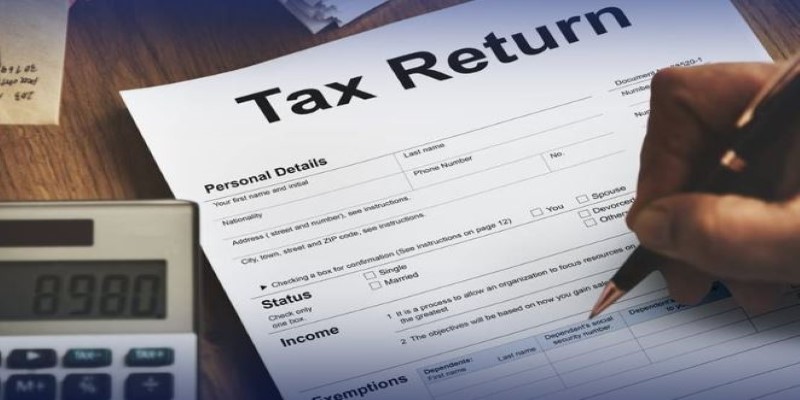
You’ll complete a loan application and provide documents like pay stubs, tax returns, and bank statements. The lender will check your income against the area median income and review your credit score, job history, and debt levels. If you qualify, you’ll get a pre-approval letter, which helps when you're ready to make an offer.
If you're a first-time buyer, you must complete a homeownership education course. These are usually free or low-cost and available online. They cover how to budget for home expenses, what to expect during the loan process, and how to avoid common financial missteps.
Once your offer is accepted, you’ll go through steps like the home appraisal and underwriting. If everything checks out, you’ll move to closing and take ownership of the home. After that, you’ll begin making monthly payments as outlined in your loan agreement.
Conclusion
The Freddie Mac Home Possible program offers a realistic path to homeownership for those with steady income but limited savings. Buying a home is more manageable with a low down payment mortgage, flexible rules, and reduced costs. It's not a handout—it's a practical solution for those who qualify. If interested, speak with a lender who understands the program and explore whether it could work for you.





